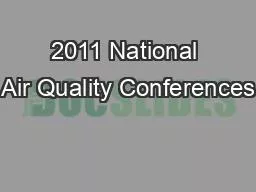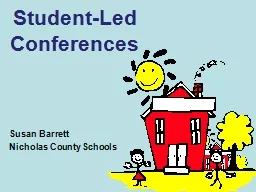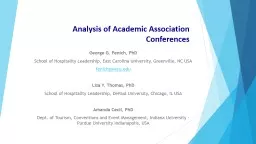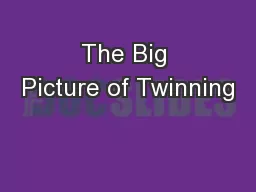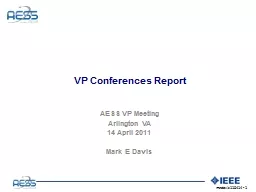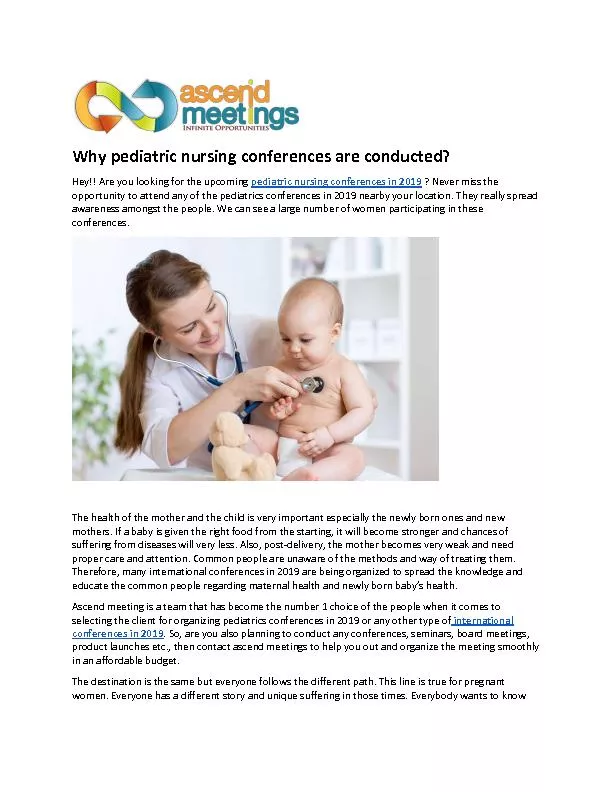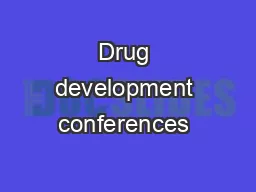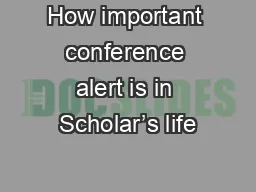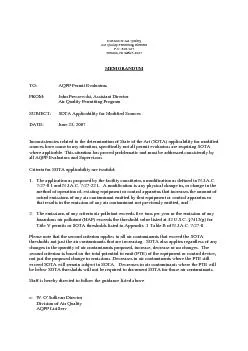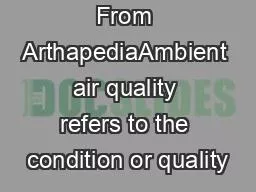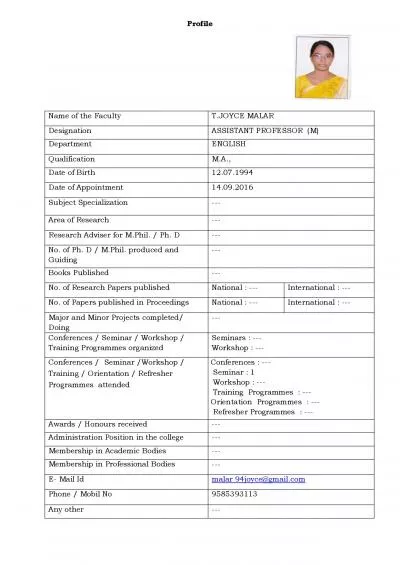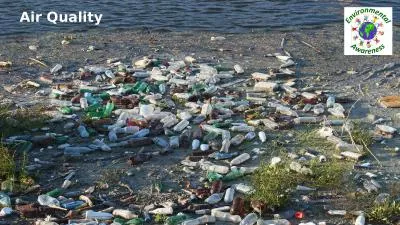PPT-2011 National Air Quality Conferences
Author : ginocrossed | Published Date : 2020-08-07
JB Kosmatka Project Lead Thomas S Hong Student Lead Presenter Department of Mechanical and Aerospace Engineering University of California San Diego Massimiliano
Presentation Embed Code
Download Presentation
Download Presentation The PPT/PDF document "2011 National Air Quality Conferences" is the property of its rightful owner. Permission is granted to download and print the materials on this website for personal, non-commercial use only, and to display it on your personal computer provided you do not modify the materials and that you retain all copyright notices contained in the materials. By downloading content from our website, you accept the terms of this agreement.
2011 National Air Quality Conferences: Transcript
Download Rules Of Document
"2011 National Air Quality Conferences"The content belongs to its owner. You may download and print it for personal use, without modification, and keep all copyright notices. By downloading, you agree to these terms.
Related Documents

